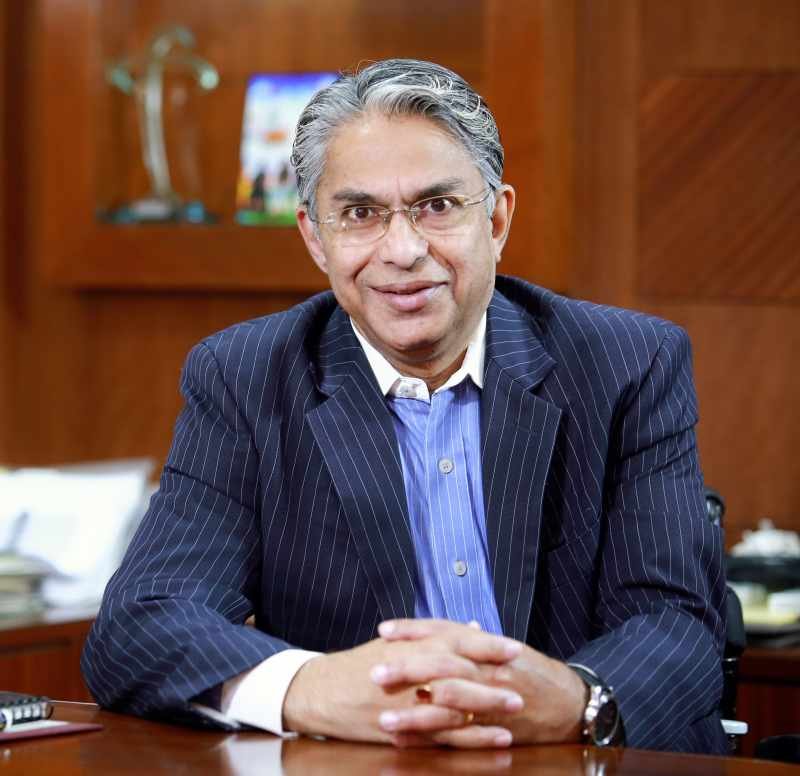"We need to invest more effort on developing novel drugs"
May 27, 2020 | Wednesday | Interviews
Swapan Bhattacharya, MD, TCG Lifesciences, Kolkata talks about enhancing India's capabilities in the life sciences sector post COVID-19
How can India emerge as a leader in the life sciences sector post covid?
India already is in a global leadership position as a vaccine manufacturer, with Serum Institute being the largest producer of vaccines in the world. India also has a successful track record of vaccine innovation and a dozen or more companies are already engaged in development of some 30 potential COVID-19 vaccines, some with leading international collaborators. Notable among them are Serum Institute’s tie-up with University of Oxford and AstraZeneca, Bharat Biotech’s collaboration with University of Wisconsin and Zydus Cadilla’s partnership with Novavax. The novel idea of creating RNA vaccines for COVID-19 has also been undertaken by Gennova Biopharmaceuticals.
There is also a rush to repurpose existing therapeutic products for COVID-19 and many of the leading Indian pharma majors have already started supplying drug substances and APIs for promising drug candidates such as Hydroxyl Chloroquine, Remdisivir, Fabipiravir and others. India again has a large market share of such generic drugs and Gilead Sciences has approved several drug makers in India to supply its patented drug Remdisivir recently. However, in order to taking a leadership position in life sciences or drug discovery, we need to invest more effort on developing novel drugs. According to Dr. Anurag Agarwal, Director of CSIR’s Institute of Genomics and Integrative Biology (IGIB), the institute has developed a paper-based test strip to test for COVID-19 infection, which is simple, accurate and affordable compared to the RT-PCR test which is the most prevalent platform globally. If successful, such discoveries could create a roadmap for driving disruptive innovation in India and propel us to a leadership position in certain domains of the life sciences sector.
How to enhance Make in India strategies for the life sciences sector post covid?
The Indian Government has set up a High Level Committee under the Chairmanship of Dr. Harsh Vardhan, Hon’ble Union Minister of Health and Family Welfare, to review the current situation of COVID-19 and India’s preparedness for the crisis. This body is prioritizing the availability of supplies of repurposed drugs in India to ensure that these drug substances are available in large quantities to treat patients in India, once clinical trials indicate their application to fighting COVID-19. Further CII and KPMG has provided a list of approximately 50 APIs to the Government of India which are critical in tackling public health emergencies and disease outbreaks which need to be stockpiled in India and to ensure that the entire supply chain for such therapeutics, starting from the basic raw materials, can be sourced within India. At present, India sources many of such raw materials and intermediates from China. DST through TDB is providing financial support in many forms to the manufacturers of the APIs and finished goods. Furthermore, there is increased focus on reducing cost by making synthetic routes more efficient, use of new approaches like flow chemistry, bio-catalysis etc. and adopting green technologies. Also, several national labs have been earmarked and funded to develop new technologies and license such technologies to the private sector.
It is expected that some of these initiatives may serve as catalysts to ensure that India in not too dependent on drug imports and hence promote “make in India” strategies.










